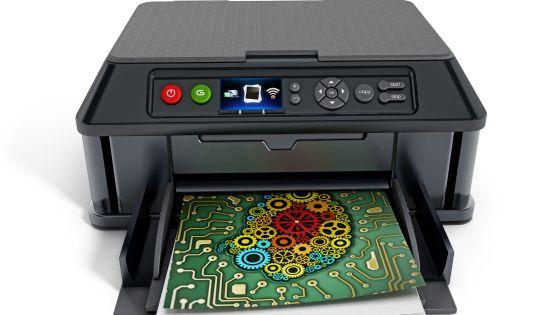In today’s fast-paced digital world, having a wireless printer at your disposal can greatly enhance your productivity and convenience. However, like any technology, wireless printers also require proper optimization to ensure seamless functioning and optimal performance.
1. Selecting the Right Wireless Printer
Before delving into optimization, it’s essential to choose a printer that suits your needs. Consider factors like printing volume, color requirements, and additional features like scanning and copying capabilities.
2. Placement Matters: Ideal Positioning of Your Printer
Place your Canon mg3500 wireless setup printer in a central location with minimal obstructions. This ensures that all devices can connect to it easily and receive strong signals.
3. Stable Network Connection is Key
A stable Wi-Fi connection is crucial for uninterrupted printing. Keep your printer within the Wi-Fi range and avoid interference from other electronic devices.
4. Regular Firmware Updates
Manufacturers often release firmware updates that improve performance and security. Regularly check for updates and install them.
5. Choosing the Right Print Quality
Balance your print quality settings. Draft mode saves ink, while high-quality mode is ideal for documents that require precision.
6. Optimal Paper Selection
Choose the right type of paper for your prints. Using the recommended paper minimizes jams and ensures the best print results.
7. Maintenance and Cleaning
Regularly clean your printer to prevent dust buildup. Clean the rollers and paper path for smooth paper feeding.
8. Managing Print Queues
Clear print queues to avoid printing unnecessary documents. This also helps when you need to prioritize urgent print jobs.
9. Utilizing Mobile Printing
Make use of mobile printing apps. They allow you to print directly from your smartphone or tablet, adding an extra layer of convenience.
10. Securing Your Wireless Printer with eco-friendly printing practices
Secure your printer with a password to prevent unauthorized access. Disable features you don’t use to reduce potential vulnerabilities. Conserve resources by printing only when necessary. Use duplex printing and draft mode for internal documents.
Merits of using a wireless printer
Using a wireless printer offers several merits that can enhance convenience, flexibility, and efficiency in various settings. Here are some of the key advantages:
1. Convenience: Wireless printers do not require direct physical connections to other devices. Therefore, whether you’re in the same room as the printer or even on a separate floor of the building, you may print from anywhere.
2. Flexibility: A wireless printer allows you to print from a variety of devices without having to connect and unplug cords. This is particularly helpful in homes or workplaces when multiple users need to print from various gadgets including laptops, cellphones, and tablets.
3. Reduced Clutter: Your desk stays organized and clutter-free without the need for cables and wires. Additionally, this makes it simpler to set up and modify your printing arrangement as necessary.
4. Mobile Printing: Mobile printing is frequently supported by wireless printers, enabling you to print immediately from your tablet or smartphone. When you need to print significant documents or photographs while you’re on the go, this is quite useful.
5. Remote Printing: Cloud printing services are provided by several wireless printers. You can send print jobs thanks to this from any place with an internet connection, regardless of whether you’re close to the printer. The newspaper might be there when you arrive.
6. Shared Printing: In an office or household with multiple users, a wireless printer can serve as a shared resource. Users can connect to the printer without needing to physically plug in their devices.
7. Easy Setup: Compared to working with wired connections, setting up a wireless printer is typically simpler. You don’t need to bother about getting the proper wires or positioning the devices close to one another.
8. No printer server requirement: Wireless printers frequently come with built-in network capabilities, which eliminates the need for a separate print server. This can cut costs and streamline the setup procedure.
9. Guest Printing: You can provide visitors or clients temporary access to the printer in cases when they need to print anything without having to connect via cables.
10. Integration with smart technology: Wireless printers can frequently be incorporated into smart office or residential setups. With suitable hardware and software, you can automate printing processes like printing timetables or to-do lists.
11. Upgrade Accessibility: Even if your printer isn’t directly linked to your computer, wireless printing enables you to move it to a more convenient spot. For people with mobility issues, this can be especially useful.
12. Reduced Cable Wear and Tear: With no cables to connect and disconnect, there’s less wear and tear on both your devices and the printer’s ports.
In conclusion, using a wireless printer offers the advantages of convenience, flexibility, and the ability to print from various devices without the constraints of cables. It’s particularly beneficial in shared spaces, mobile printing scenarios, and situations where you want to simplify setup and use.



